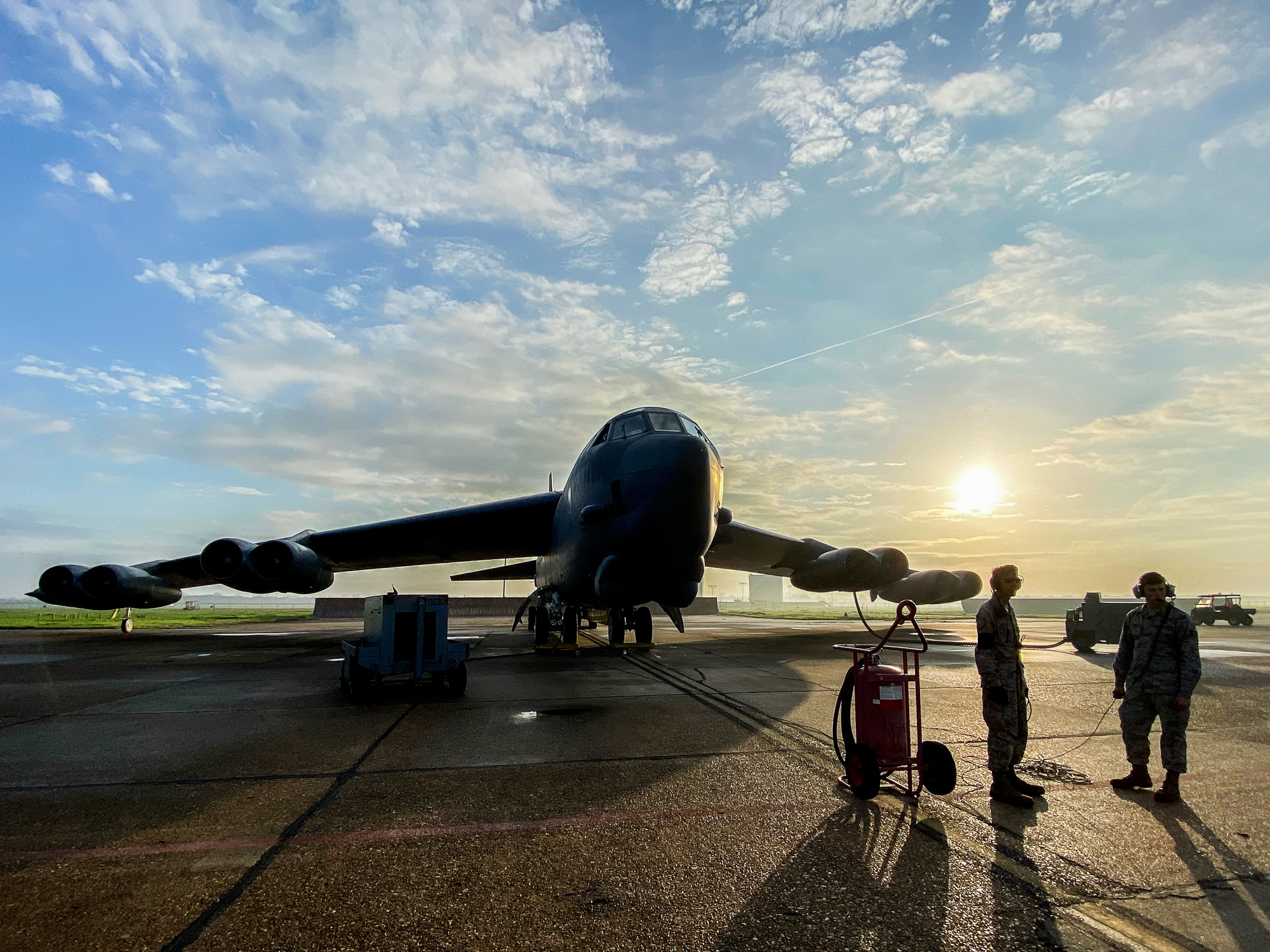










By Rob Verger
Updated on Apr 1, 2021











Shopping for, well, anyone? The PopSci team’s holiday gift recommendations mean you’ll never need to buy another last-minute gift card.